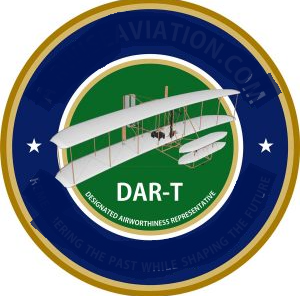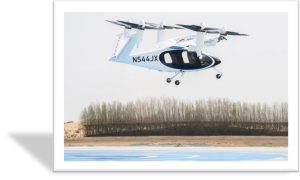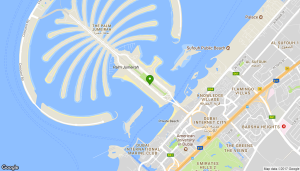With flights in Dubai and Abu Dhabi, does 2028 meet the eVTOL EO timeline?
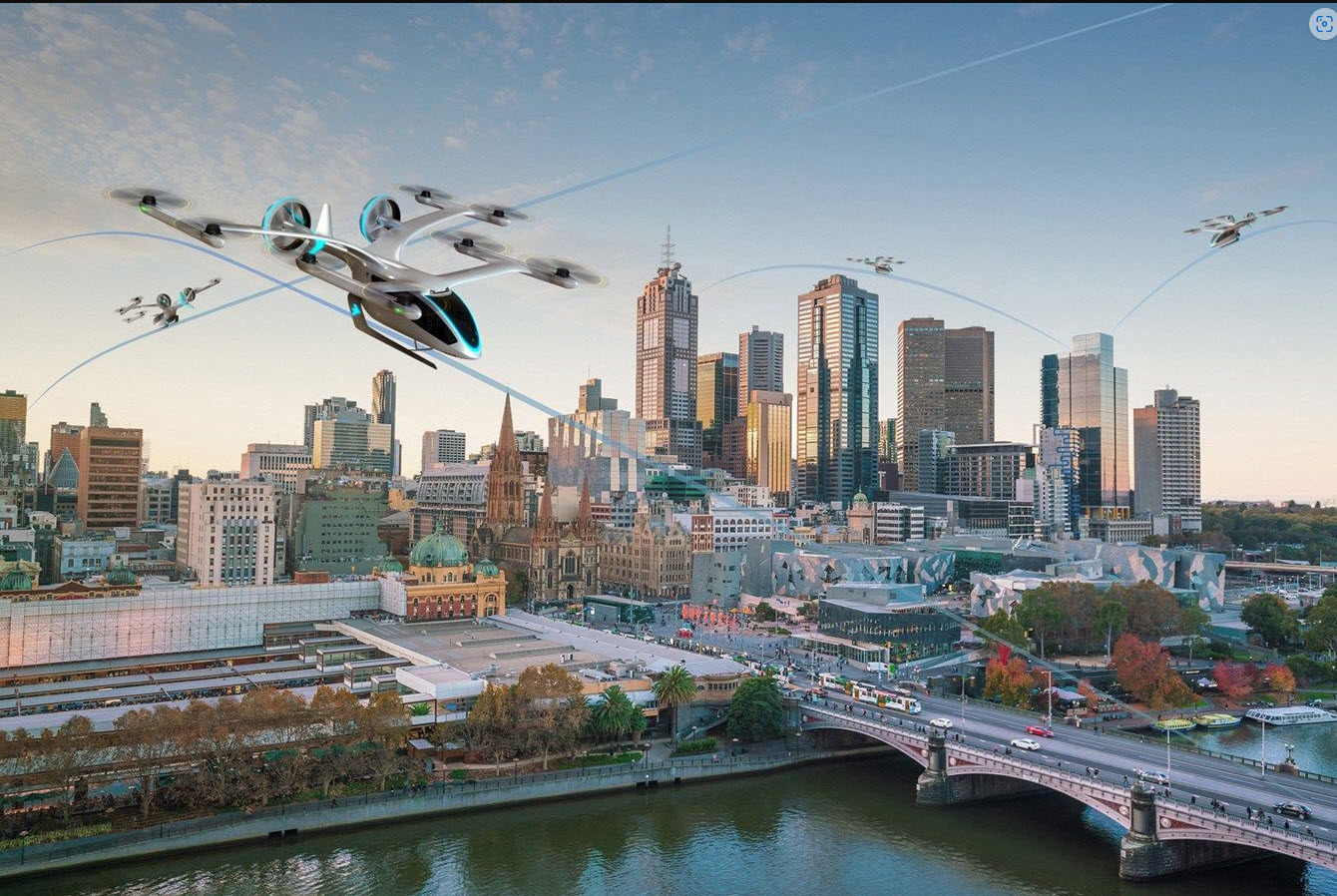
President Trump has signed three executive orders setting forth a new agenda, nay timeline, for drones, eVTOLs and SSTs. Included in his statement is the following policy directive as to the regulators to move forward on these new forms of aerospace technology:
“Decades of REGULATORY GRIDLOCK have grounded advancements in drones, FLYING CARS, and supersonic flight in the U.S. With today’s EOs…The Trump Administration is giving America’s innovators greater ability TO TEST, develop, and commercialize these cutting-edge aircrafts that will reshape aviation… President Trump’s actions will unleash a new era of American aviation dominance, fostering innovation, driving economic growth, and protecting our national security.”
The executives at Archer, Joby and other developers of eVTOLs must have been ecstatic to hear their enterprises can gear up to expedited speed.
Soon thereafter, a test flight in DUBAI (see2nd article below)and a similar launch in ABU DHABI (above image), HERALDED that industry was already at full speed. The announcement by Dubai’s Crown Prince Sheikh Hamdan bin Mohammed bin Rashid Al Maktoum said his nation’s initiative “is part of the UAE’s broader vision to lead the world in innovation and the deployment of advanced technologies.” AT THE SAME EVENT, IT WAS DECLARED THAT SERVICE THERE WOULD BEGIN IN 2026.
Backed by the Executive Order, Acting Administrator Rocheleau disclosed a TIMELINE FOR eVTOL operations to start before the end of 2028. His analysis was that
“It is less really less about us being ready to handle it and MORE ABOUT THE MANUFACTURERS BEING ABLE TO MEET THE STANDARDS THAT I THINK WE ALL AGREE ON.”
This 2028 goal and its dissonance with the President’s EO is mystifying, posing some important questions:
- With two major test cases operating over dense populations, is the FAA participating in them or has it been decided not to benefit from these experiments?
- Is it possible that the FAA does not accept the certification standards of the AE General Civil Aviation Authority (GCAA) or the Dubai Civil Aviation Authority (DCAA)/United Arab Emirates’ General Civil Aviation Authority (GCAA) ?
- `Both are considered as meeting International standards. With BASAs in place[1], failing to participate in their airworthiness actions may be regarded as diminishing their competence.
- Rocheleau’s quote about the OEMs readiness to meet the published standards[2] does not appear to congruent with the applicants issued statements that their airworthiness and related applications. Here are the AI generated summaries:
- As of mid-2025, both Archer Aviation and Joby Aviation have made substantial progress toward FAA type certification for their electric vertical takeoff and landing (eVTOL) aircraft, but they’re at slightly different stages in the process.
-
Archer Aviation – Midnight Aircraft
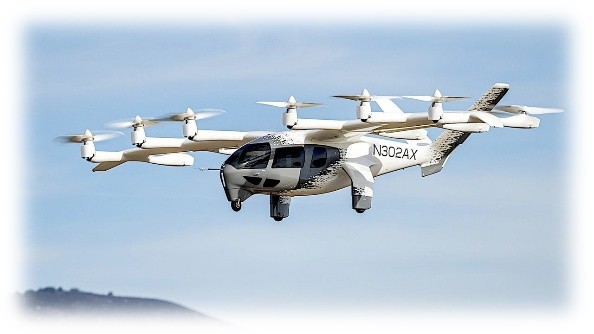
- FAA Status: Archer has received the final airworthiness criteria from the FAA for its Midnight aircraft, a major milestone that defines the certification path.
- Certification Stage: Archer is now conducting “for credit” testing, meaning its flight and component tests count toward FAA certification.
- Recent Milestones:
- FAA granted Part 135 operator certificate (for commercial operations with certified aircraft).
- FAA granted Part 141 flight school certificate (for pilot training).
- FAA Part 145 repair station certificate also secured.
- Next Steps: Piloted flight testing of conforming aircraft is expected to begin later this year.
-
Joby Aviation – JAS4-1 Aircraft
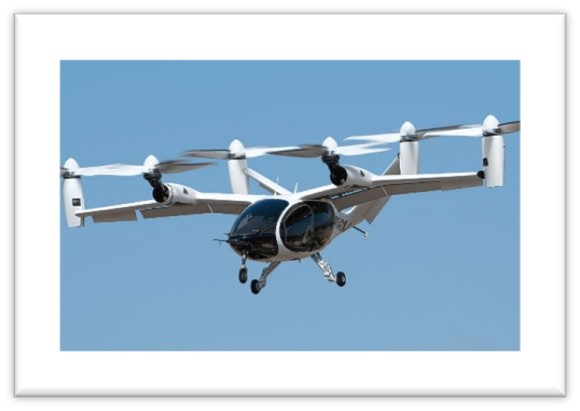
- FAA Status: Joby has completed Stage 3 of 5 in the FAA’s type certification process.
- Certification Stage: Currently in Stage 4, focused on testing and analysis for FAA credit. Over 40% of Stage 4 is reportedly complete.
- Recent Milestones:
- Received Type Inspection Authorization (TIA), allowing FAA pilots to begin validating aircraft performance.
- Completed 30 for-credit tests in Q4 2023, including flight electronics and structural materials.
- FAA-conforming aircraft assembly underway for full flight testing.
- FAA Part 145 repair station certificate secured.
- Next Steps: TIA flight testing with FAA pilots is targeted for 2025.
Rocheleau’s summary of likely increments (smaller revenue-producing operations in business… issue waivers or exemptions for the vanguard operations in a case-by-case assessment process) is the formula for the FAA’s approval of UASs. It is clear that safety determinations necessarily are risk adverse. The comments of innovators that sought to introduce UASs into the airspace are replete with complaints about the torpid pace.
Perhaps the White House technology advocates will push the soon-to-be-confirmed Administrator that 2028 is not the goal embodied in the EO. That likely mandate from 1600 Pennsylvania will add stress to the certification staff. It appears that the buy outs and provisional removals have lowered their enthusiasm. It is frequently heard that the AIR team was already understaffed. Typically the primary method to deal with delay within the FAA is to heavily rely on DARs/DERs. Additionally, although the Powered Lift SFAR (880 pages) is lengthy, interpretations are expected as the criteria and tests are applied. HELP might be a good way to keep moving toward A CERTIFICATE OF AIRWORTHINESS.
FAA Says Certified eVTOL Services In Business By 2028
New regulations set the standards for emerging eVTOL companies.
-Fully certified aircraft and pilots will be ready by then
-Smaller for-profit operations to get waivers in the meantime
FAA Acting Administrator Chris Rocheleau says there will be certified eVTOLs in the airspace in 2028 as the push to establish the industry moves from technological to regulatory. In an interview with Helicopter Investor, Rocheleau said the establishment of the Special Federal Aviation Regulation for the new category of “powered lift” aircraft reported by AVweb at last year’s NBAA/BACE convention provide the framework, and a recent executive order from President Donald Trump on drones that included references to eVTOLs
adds the impetus to move things along. “It is really less about us being ready to handle it and MORE ABOUT THE MANUFACTURERS BEING ABLE TO MEET THE STANDARDS THAT I THINK WE ALL AGREE ON,” Rocheleau told the publication. “I don’t hesitate to say that we will see certified aircraft flying in the airspace before the end of 2028.”
He also said that before large-scale operations begin, there will be smaller revenue-producing operations in business. The FAA will issue waivers or exemptions for the vanguard operations in a case-by-case assessment process. He said the AGENCY’S FOCUS will be on safely integrating the new aircraft into the airspace system and as a new transportation tool. “There’s a lot of technology out there that the president and secretary have made it clear that we want to be leaning in on these things, safely. That’s my job,” Helicopter Investor quoted Rocheleau as saying.
Russ Niles is Editor-in-Chief of AVweb. He has been a pilot for 30 years and joined AVweb 22 years ago. He and his wife Marni live in southern British Columbia where they also operate a small winery.
Joby Aviation stock soars: Flying taxi company completes first successful test flights in Dubai; launch set for 2026
Joby’s eVTOL aircraft can shorten a 45-minute car ride to a 12-minute trip within the United Arab Emirates.
[Photo: Joby Aviation]
Dubai just took one step closer to its goal of LAUNCHING electric air taxis IN EARLY 2026.
U.S.-based JOBY AVIATION, a company that is developing electric air taxis for commercial use, announced Monday that it successfully completed a series of piloted flights in Dubai, a first for the region’s eVTOL aircraft sector. (eVTOL stands for electric vertical takeoff and landing.)
Joby’s all-electric air taxi is designed to carry a pilot and four passengers at speeds of up to 200 miles per hour, with minimal noise and zero operating emissions, for faster and quieter commutes. The company aims to revolutionize travel in Dubai while reducing traffic congestion.
Shares in Joby Aviation (NYSE: JOBY) were trading up over 15% in midday trading on Monday.
“The United Arab Emirates is a launchpad for a global revolution in how we move,” JOBY FOUNDER AND CEO JoeBen Bevirt told Fast Company in an email. “Our flights and operational footprint in Dubai are a monumental step toward weaving air taxi services into the fabric of daily life worldwide.”
According to Bevirt, the goal is for air taxis to become a “new normal” in Dubai.
Joby plans to launch service between Dubai International Airport (DXB) and Palm Jumeirah, Dubai Marina, and downtown Dubai, with construction already underway. The short flights are expected to significantly cut down travel time. For example, instead of a 45-minute car ride, a trip from the DXB airport to Palm Jumeirah is expected to take just 12 minutes.
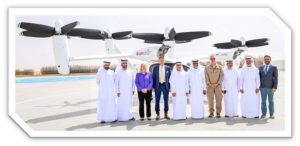
A landmark 2024 agreement with Dubai’s Roads and Transport Authority (RTA) granted Joby exclusive rights to operate air taxis in Dubai for six years. The company is also working with the Dubai Civil Aviation Authority (DCAA) and the United Arab Emirates’ General Civil Aviation Authority (GCAA) on the project.
In a post on X, Dubai’s Crown Prince Sheikh Hamdan bin Mohammed bin Rashid Al Maktoum said the initiative “is part of the UAE’s broader vision to lead the world in innovation and the deployment of advanced technologies.”
Joby Aviation by the numbers
Joby Aviation’s first-quarter earnings for 2025, which ended March 31, were mixed, with the company posting earnings per share (EPS) of -$0.11, beating expectations of -$0.19. The company had a market capitalization of $9.05 billion at the time of this writing.
On its earnings call, Joby said it was on track to launch its commercial service in Dubai by early 2026, and is continuing to work toward Federal Aviation Administration (FAA) certification in the United States while expanding its manufacturing facilities in California and Ohio to support future growth.
In May, Joby’s shares jumped about 29% after the company announced it received $250 million from Toyota, as part of its October 2024 deal for the carmaker to invest $500 million to support certification and commercial production of its electric air taxis.
[1] Not clear what the status of their Implementation Procedures may be.
[2] new Special Federal Air Regulation includes 880 pages of regulatory underpinning for a new powered-lift category

